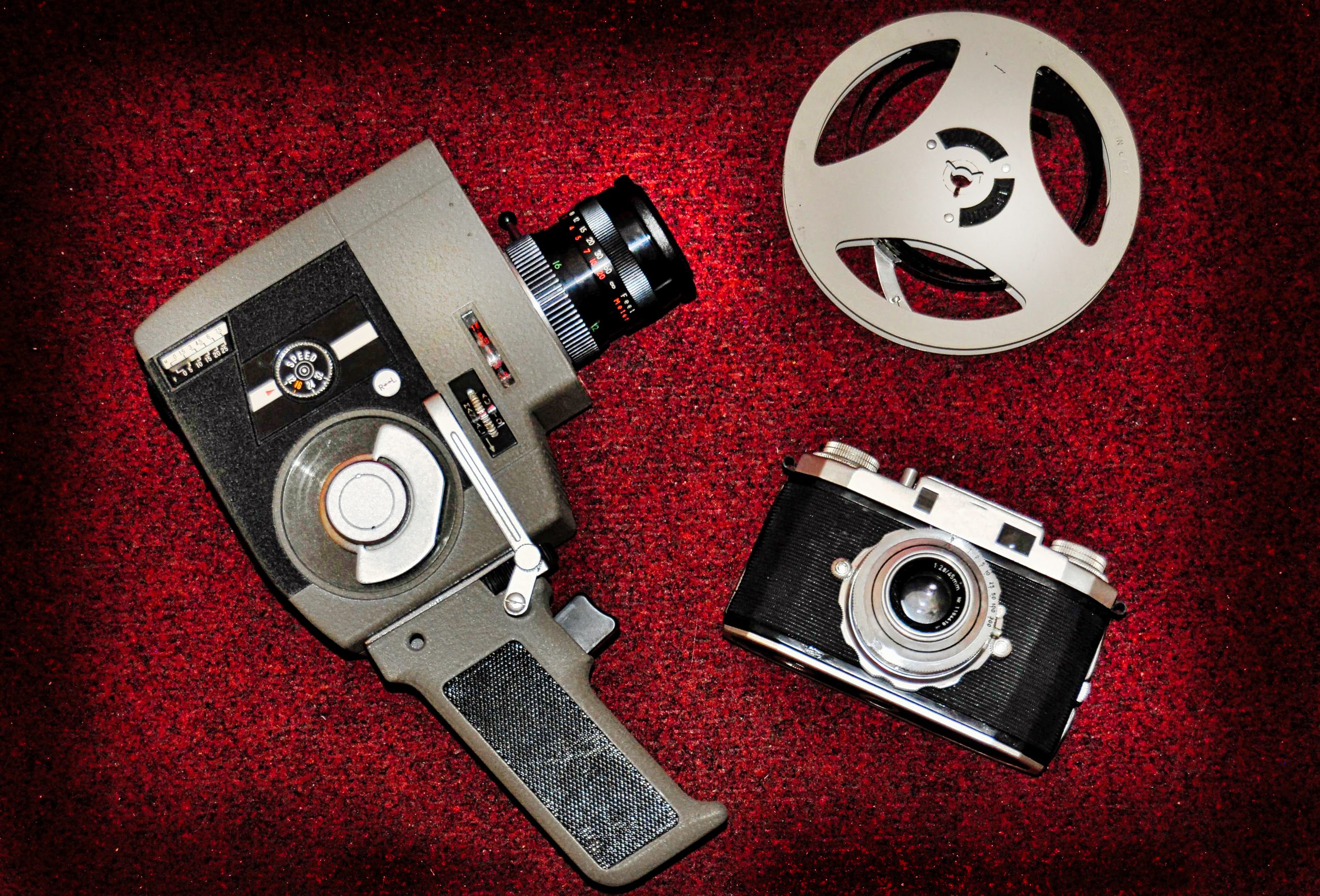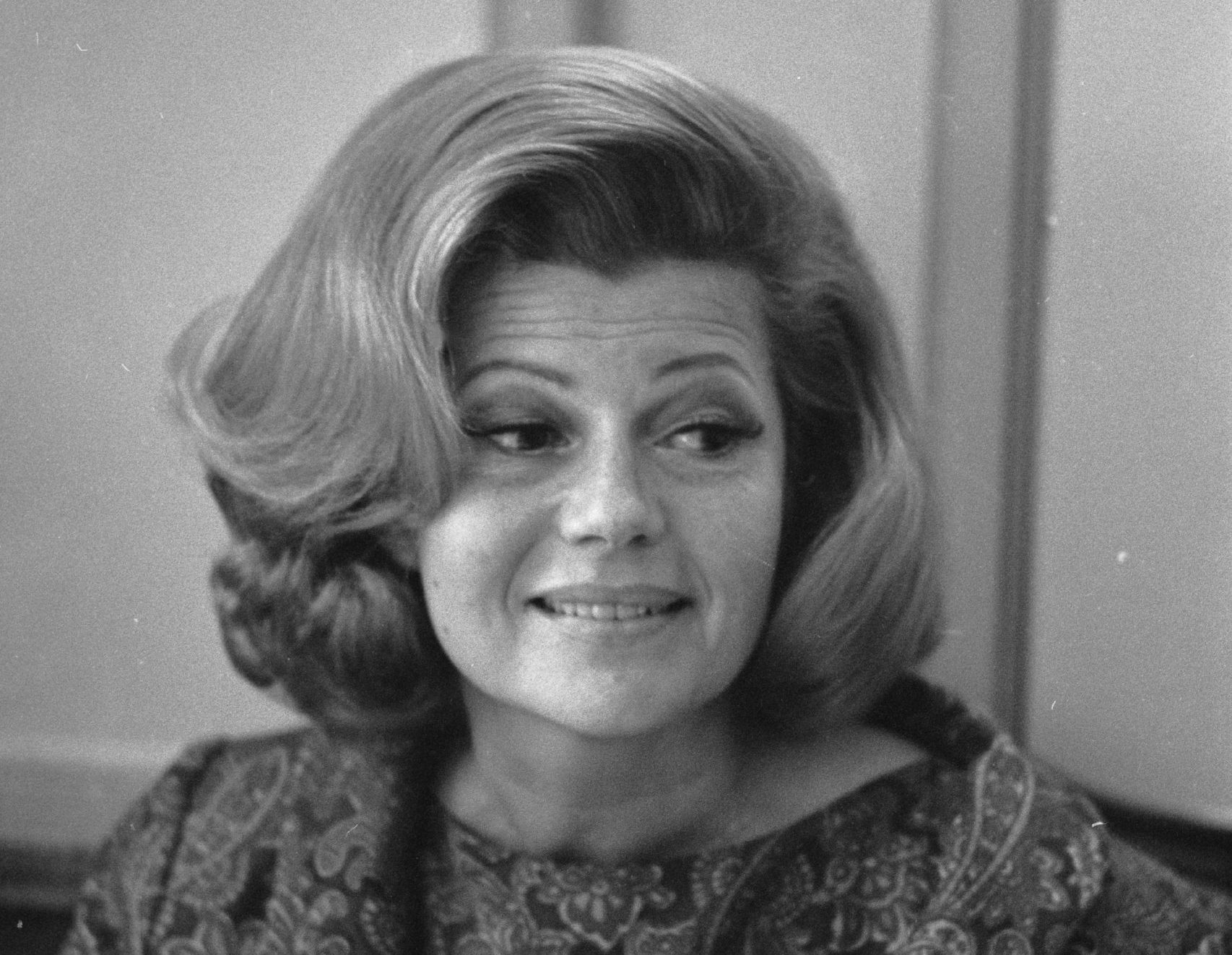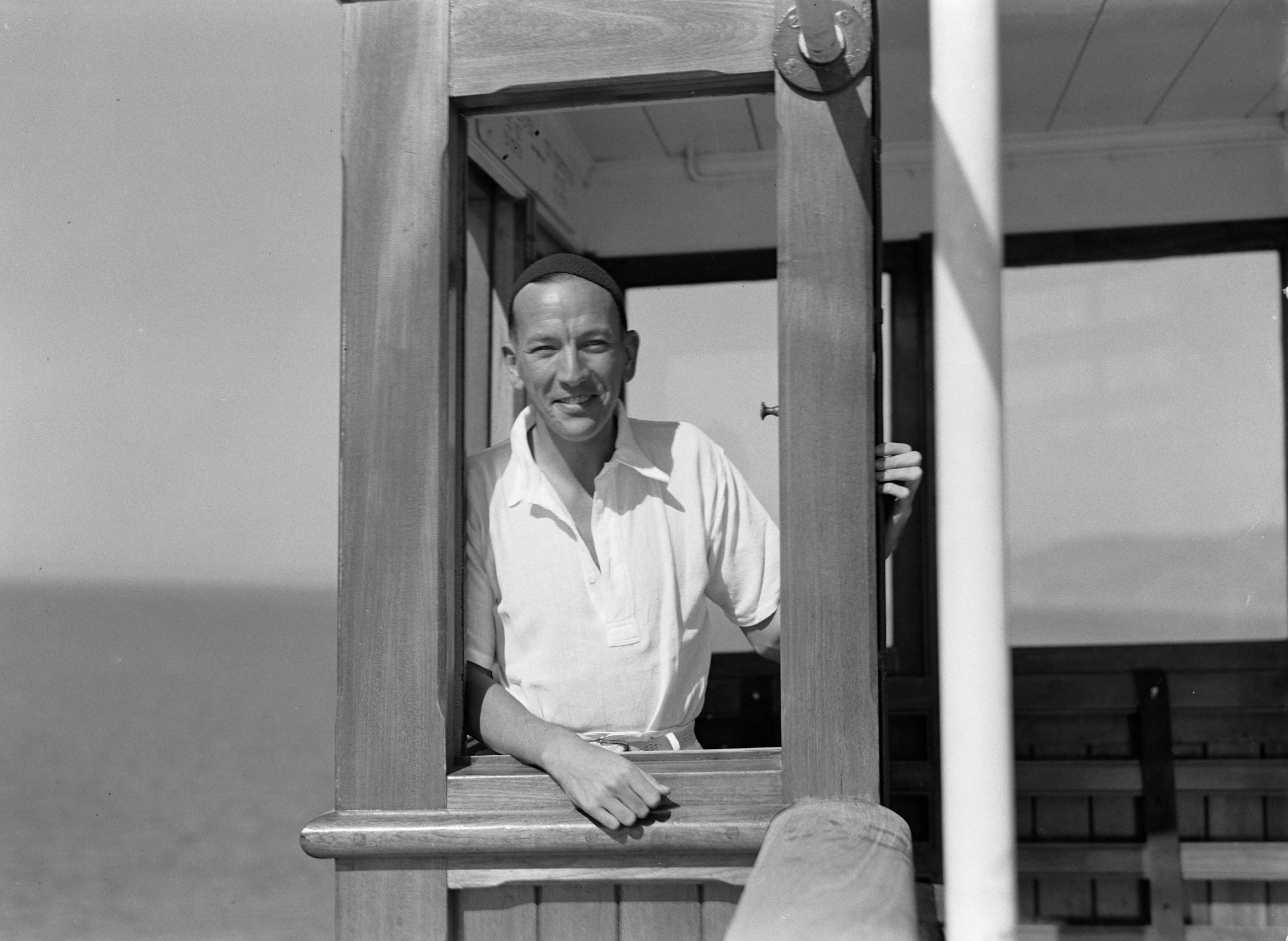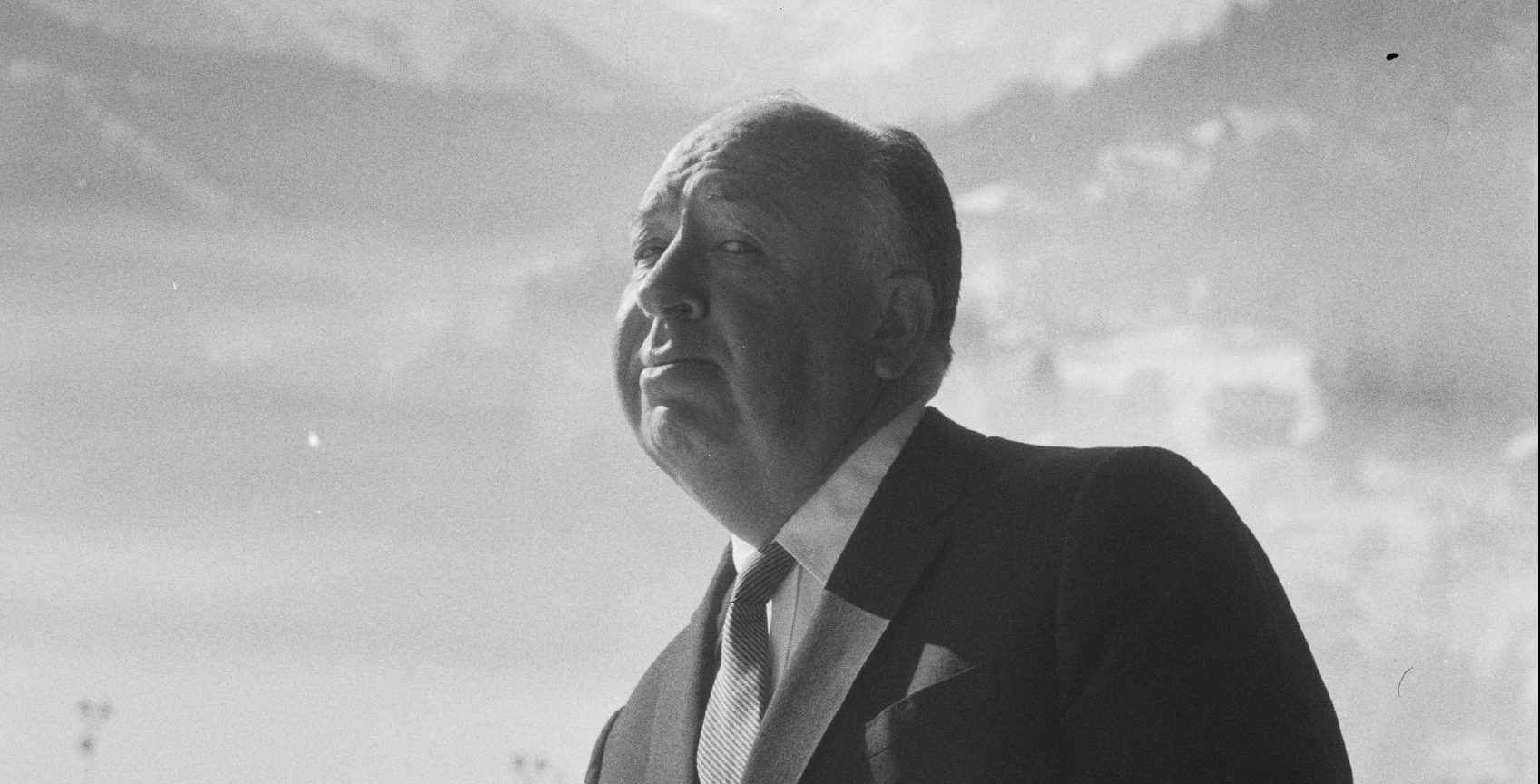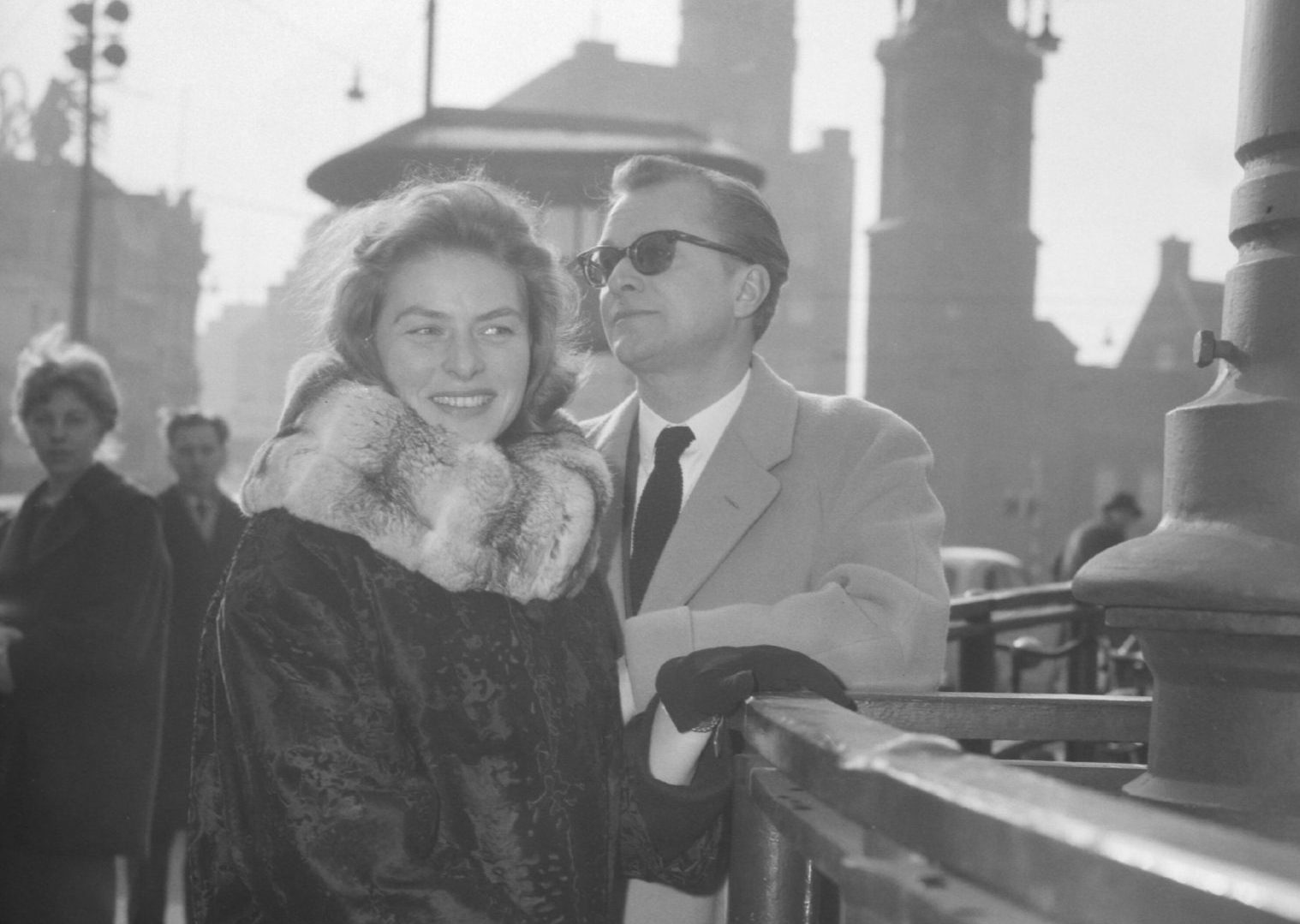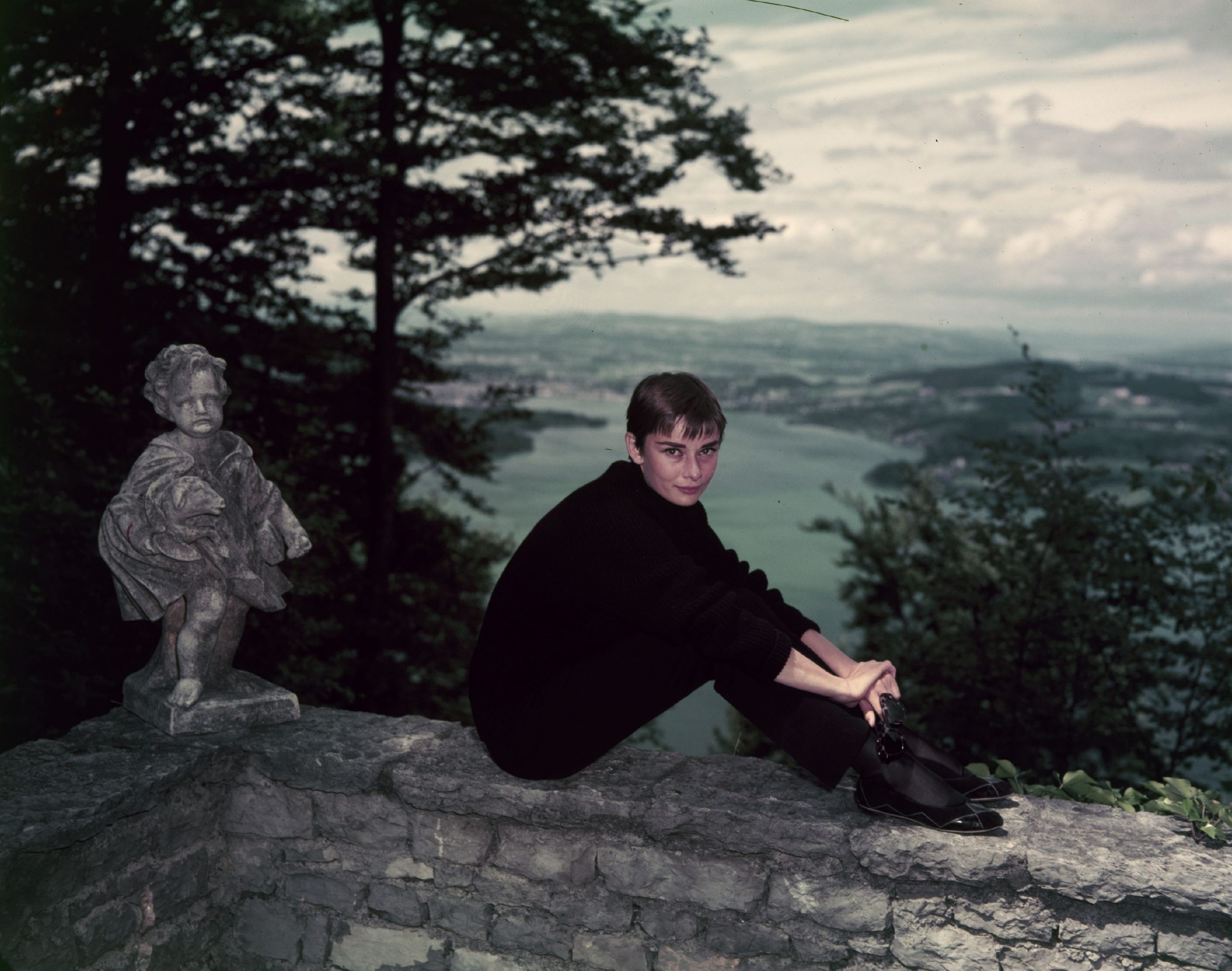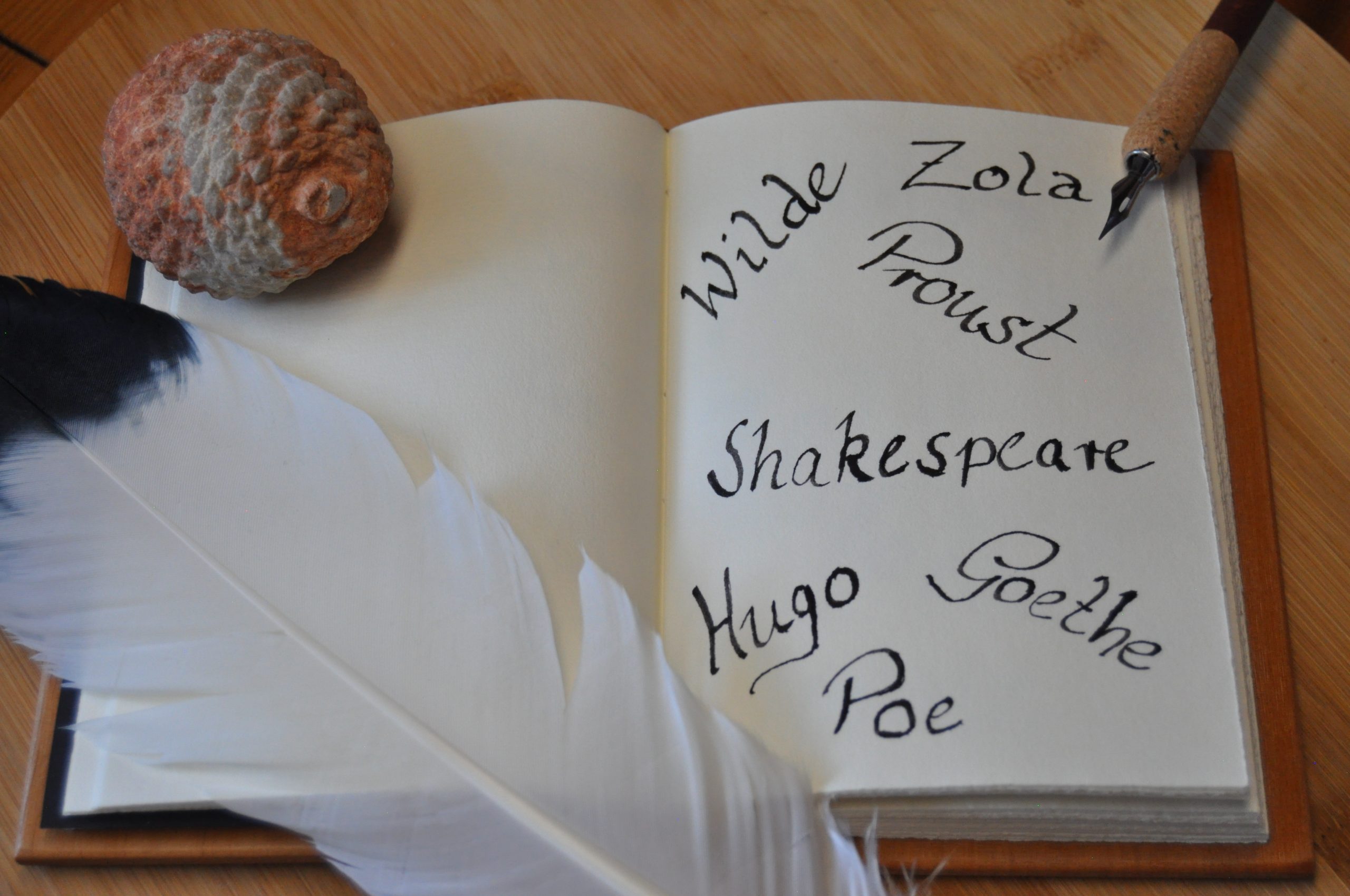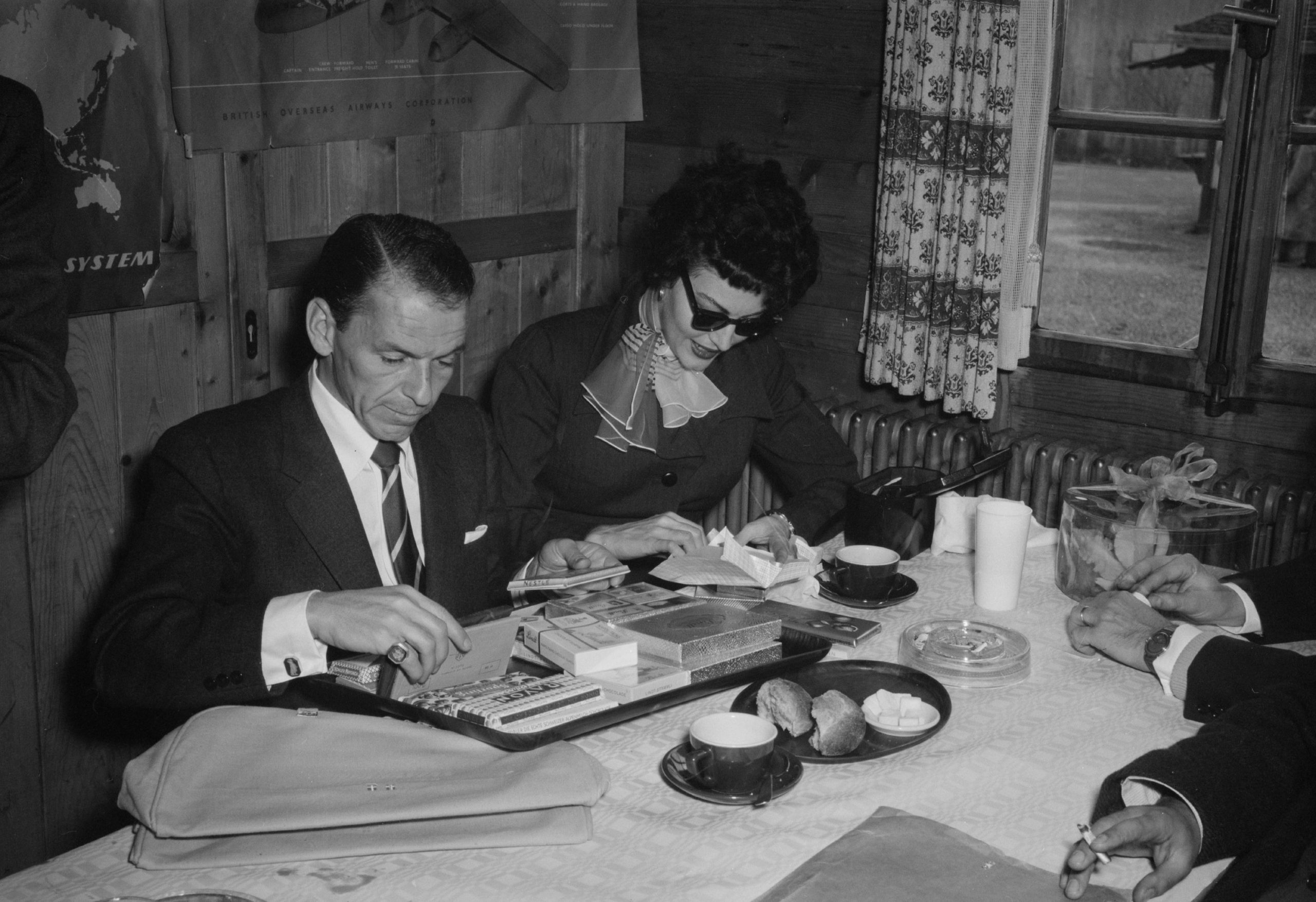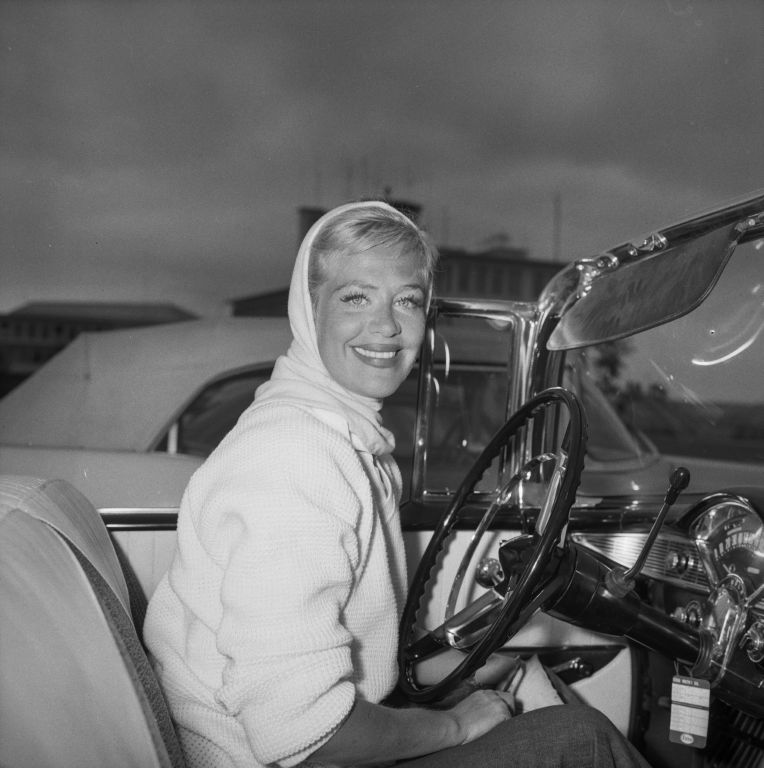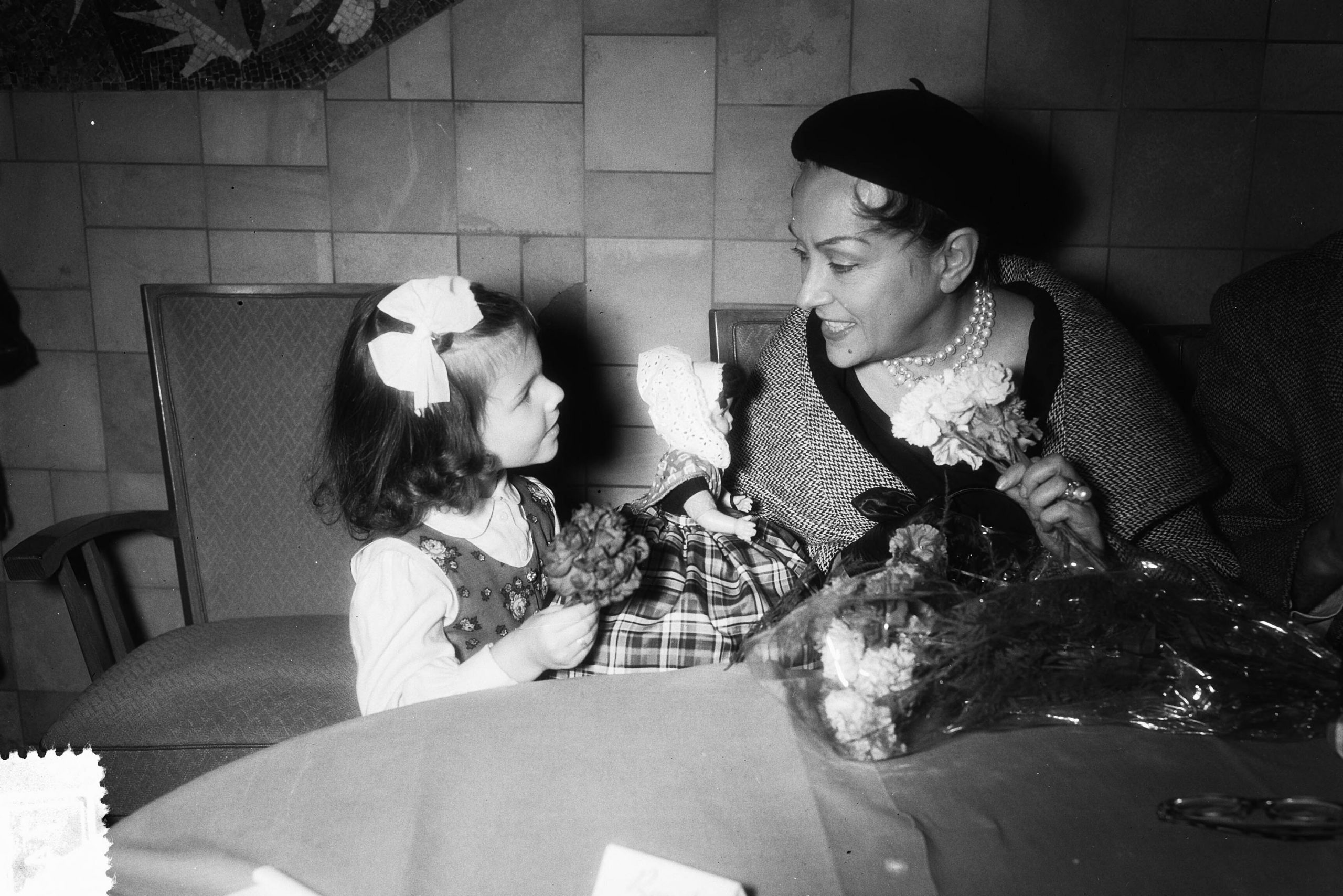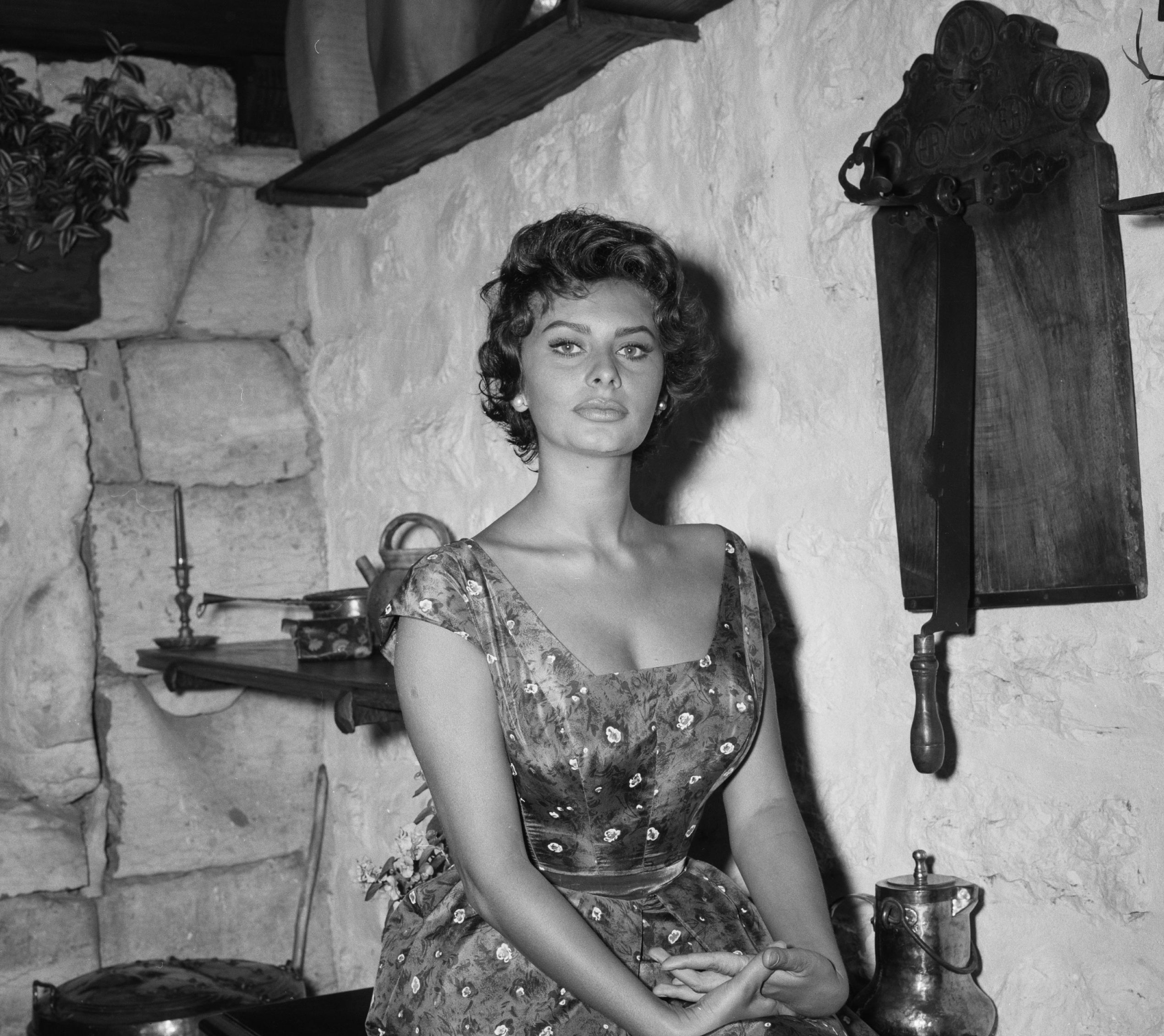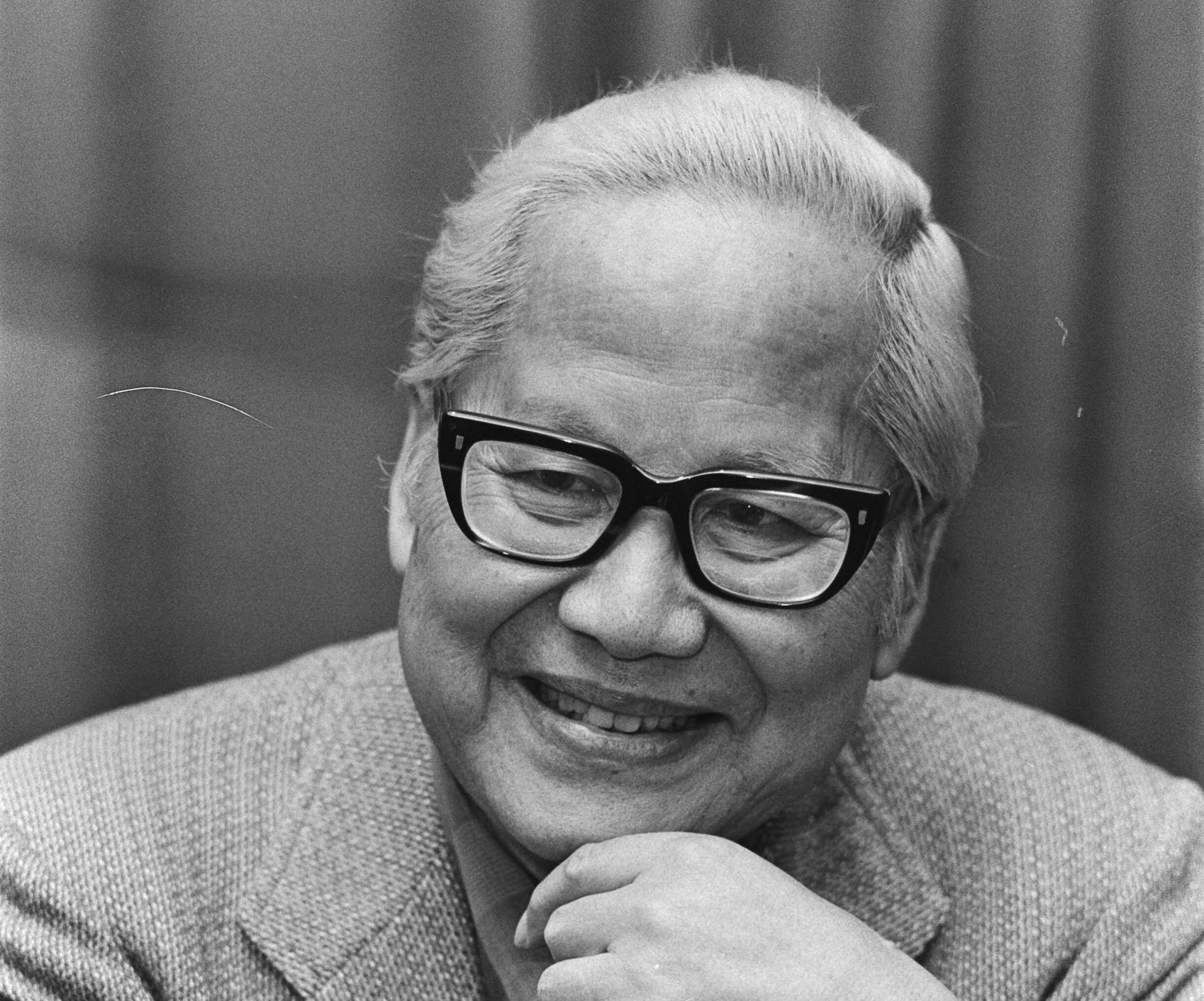His embodiment of Ben Cartwright in the cult Western series Bonanza (1959-1973) not only made him a well-known actor: he was one of the few actors who accompanied the series from beginning to end and contributed ideas to the series like no other. Lorne Greene played a significant role in making the series Bonanza an American institution: After the first episodes of the series were shot in 1959, he approached the producers: He thought the plot of the series was too simple and would hardly differ from other western series. Lorne Greene thought that it had to be about more than just the right of the strongest. It was not least thanks to Greene’s suggestions that the series began to deal with social ills and the human condition. Without this development, the series would hardly have continued for 14 seasons – there were plenty of western series at the time and many were cancelled after only a few seasons.
The Voice of Canada
His career began as a radio presenter in Canada, where he was known as the “Voice of Canada” – Lorne Greene had one of the most distinctive radio voices Canadian radio had to offer in the 1940s. Because of his voice, which was highly recognisable, he was also in demand as a narrator for radio plays. It was also as a radio presenter that he first came into contact with the Hollywood film industry – he recorded numerous interviews with Hollywood stars for Canadian radio in the forties. It was also around this time that he first visited Paramount Studios, where Bonanza was later filmed.
It was not uncommon for Greene to read the news of soldiers killed in the war during the Second World War – earning him the nickname “The Voice of Doom”.
In the forties and fifties, Canada had practically no theatre culture of its own: Lorne Greene wanted to counteract this and was a co-initiator of the Jupiter Theatre in Toronto. The theatre was instrumental in giving Canada its own theatre culture.
It was anything but Greene’s intention to embark on an acting career when he travelled to the US in the early Fifties.
Early years and radio academy
His success as a radio announcer led him to found the Lorne Greene Academy of Radio Arts, which was dedicated to training radio announcers and nurturing young radio talent.
It was often assumed that this academy was for profit: as his daughter writes in her biography of Lorne Greene, the opposite was actually the case. The academy was a loss-making venture for Greene and was founded with the idea of providing guidance to aspiring Canadian radio presenters. In 1952, just a few years after its founding, the Academy closed its doors.
Before Lorne Greene was a radio presenter, he studied German and French in the thirties. Already at a young age Greene was enthusiastic about acting and after his exams he trained as an actor. For this he went to the renowned Neighborhood Playhouse acting school in New York. He repeatedly emphasised that he learned his craft there – both for his work as a radio announcer and for his acting.
Television & Hollywood
In the early fifties, shortly after the closure of his radio academy, Lorne Greene realised that he wanted to do more than just sit in front of a radio microphone: It was anything but Greene’s intention to embark on an acting career when he travelled to the US in the early Fifties. He had recently developed a special clock for radio presenters that showed exactly how much time the presenter had left for a programme. After securing the production of the clock, he travelled to the USA in the early fifties to sell the custom-made clock there.
But things went differently than planned: Greene met a former student of his academy in New York who arranged a role for him in the television series Studio One. The Studio One programme, which was always broadcast live, presented a different drama every night and was one of the first US live television programmes: It was the beginning of Lorne Greene’s acting career.
When Greene committed himself to radio in the thirties, this medium was still relatively new: it was no different in the early fifties when Greene committed himself to the new medium of television. Greene was also given the opportunity to establish a reputation in Hollywood, starring alongside Joan Crawford in Autumn Leaves in 1956. In the 1950s, Greene appeared in other Hollywood films, alongside Lauren Bacall, Yul Brynner and Charlton Heston, among others.
Bonanza
When Lorne Greene signed the contract for Bonanza, there were countless western series on American television: Bonanza was the first western series in colour and the series was shot in film studios – this was thanks to the generous budget of the series. This budget meant that no expense had to be spared on premises and props – to this day, the attention to detail in the set design is striking when one watches Bonanza episodes.
It took about six days to shoot an episode of Bonanza: thus the film crew spent a lot of time together and in a way grew together as a family.
Lorne Greene did a lot to consolidate his image as a western star in the role of Ben Cartwright: he recorded several western songs in the sixties. His recordings were a mixture of singing and spoken word – his ballad Ringo, which he recorded as a spoken song, earned him a number one hit in 1964.
The legend surrounding the 2,600-square-kilometre western ranch Ponderosa on the edge of the Sierra Nevada continues to captivate television viewers to this day and was part of childhood for many people who saw the series being broadcast live in the sixties and seventies.
This may have been due in no small part to the father figure of Ben Cartwright, which Lorne Greene embodied in all 432 episodes of the series: his daughter wrote a few years later in her biography of Lorne Greene that she virtually shared her father with countless other children around the world. Even for his daughter, it was surprising how recognisable Greene still was more than thirty years after the last episode of Bonanza aired.
In the beginning, Bonanza was a shoot’-em-up: That changed thanks to Lorne Greene.
From shoot’-em-up to the most successful western series of all time
It was not without reason that Bonanza was the most successful western series in the television history of the United States: Some episodes had a highly dramatic plot, others went in a comedic direction and last but not least there were countless episodes with socially critical content. It is often said that the series Bonanza began according to the classic protagonist-versus-antagonist principle: The first episodes began with a member of the Cartwright family pointing a gun at a stranger and asking what he was doing here. This is often referred to as a shoot-’em-up: The recipe of numerous short-lived western series in the fifties and sixties.
If it had gone on like this, the series probably wouldn’t have survived two seasons and would have been long forgotten.
Thanks in no small part to Lorne Greene’s inspiration, who brought this problem to the attention of the producers, Bonanza was transformed into the Western series that remains unrivalled to this day. In doing so, Lorne Greene also made himself immortal.
Main source: Greene Bennett, Linda: “My Father’s Voice – The Biography of Lorne Greene”, 2004 iUniverse
Cover picture: © Simon von Ludwig
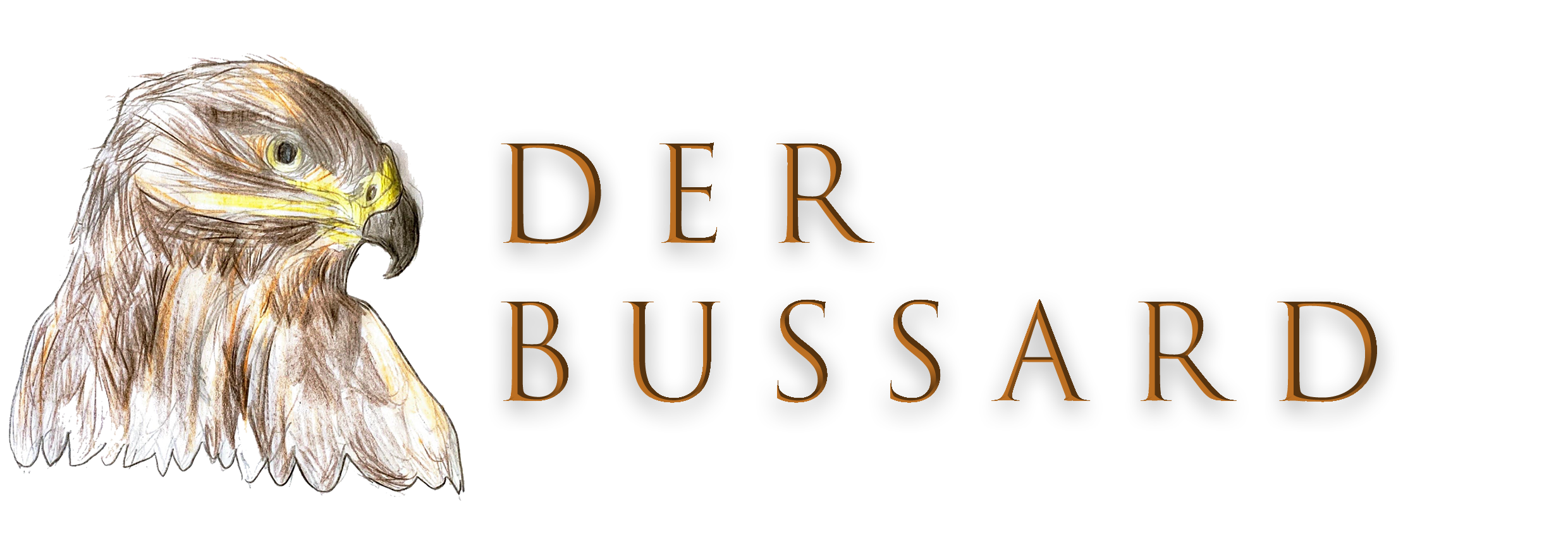
 Deutsch
Deutsch